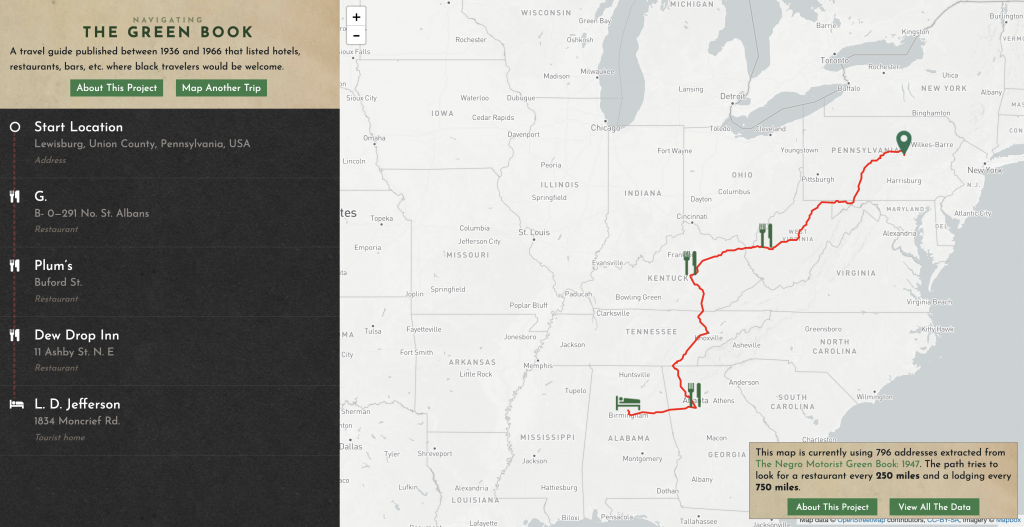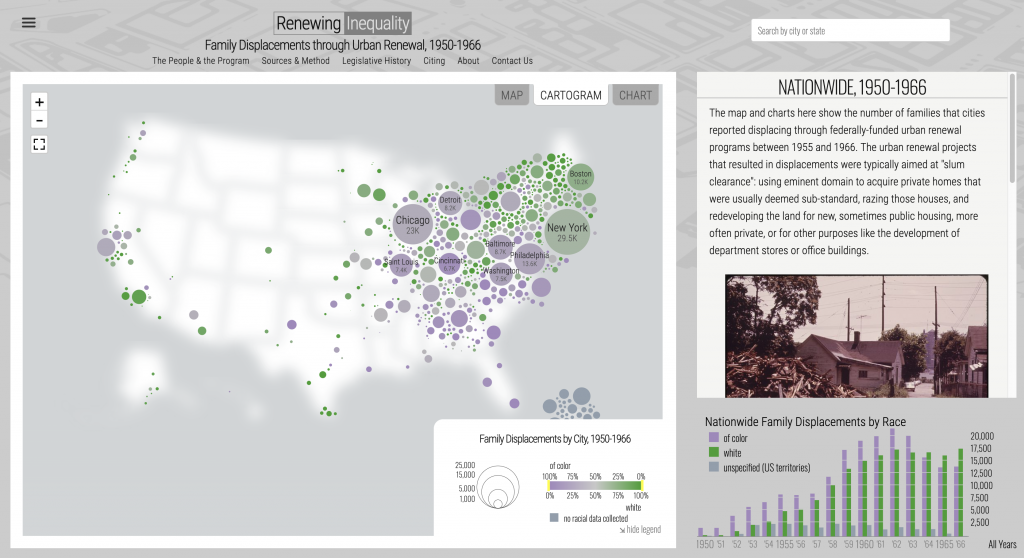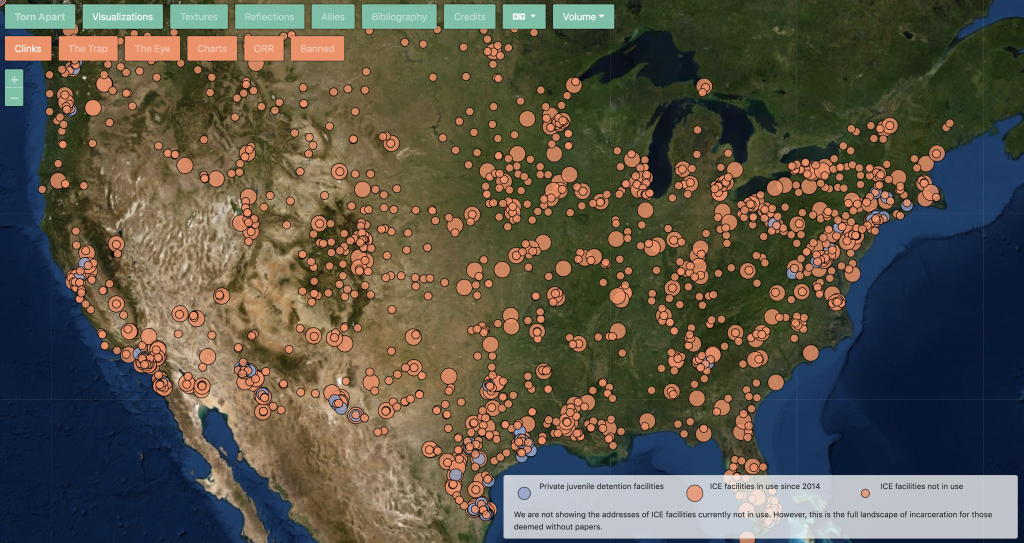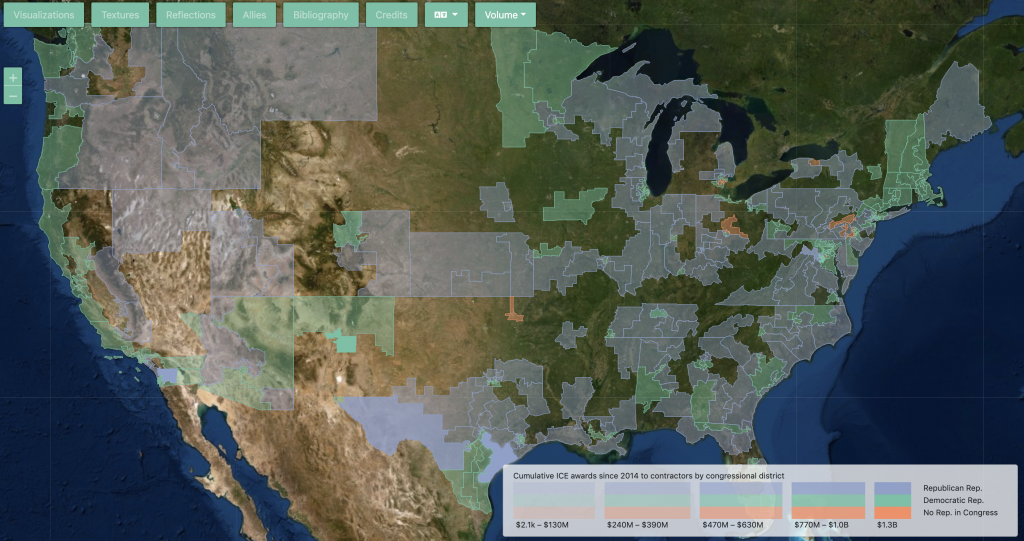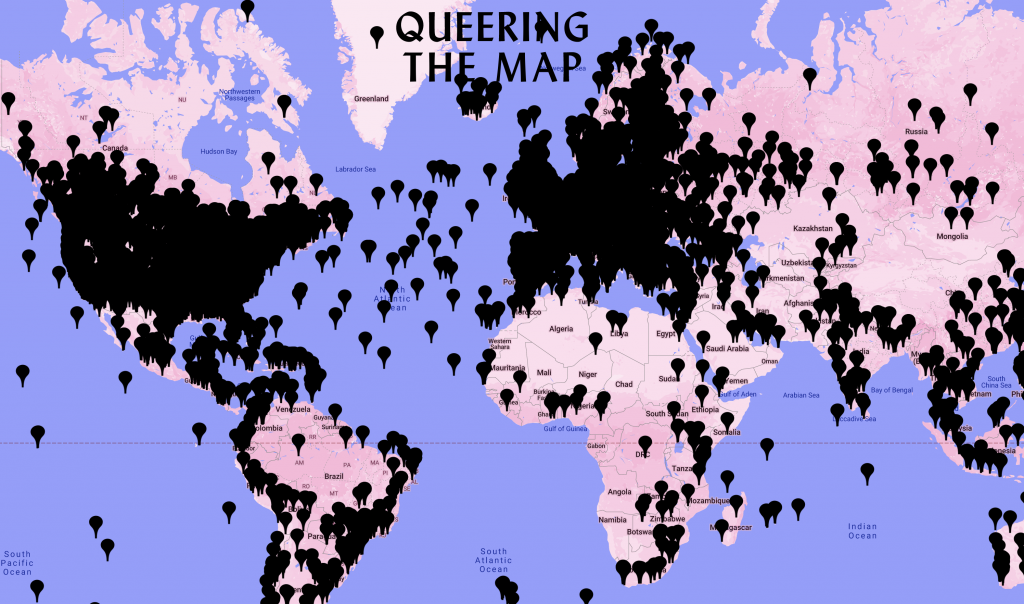Native Land visualizes the territories and languages of native peoples (primarily in North America and Australia), and the treaties which affected those people. Users can search by location to discover on what native lands that location resides, what languages were spoken, and what treaties impacted the native people living there.
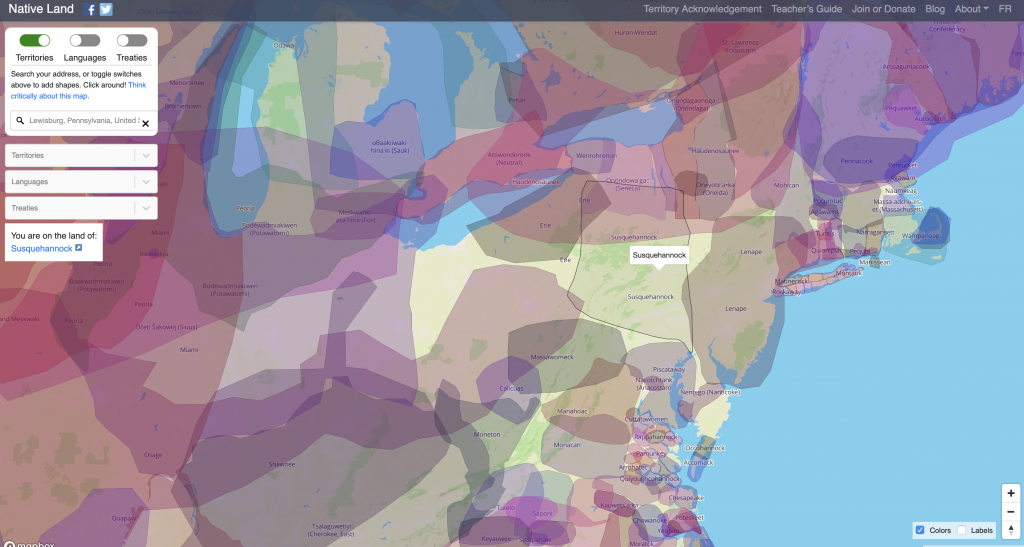
Native Land was created in 2015 by Victor Temprano, a settler hailing from Okanagan territory in Canada. As of 2018, Native Land Digital is a Canadian not-for-profit organization, and is designed to be Indigenous-led, with an Indigenous Board of Directors who oversee and direct the organization.
